Introduction
Mass tourism can bring economic benefits to a destination, but when unmanaged, it leads to environmental degradation, cultural erosion, and a reduced quality of life for locals. As ethical travelers, we must rethink our bucket lists and opt for destinations that encourage sustainable tourism rather than contribute to overcrowding. Here are some of the most over-touristed locations—and the ethical alternatives where you can still have an incredible experience while making a positive impact.
1. Venice, Italy → Ljubljana, Slovenia
Venice has long struggled with overcrowding, pollution, and damage to its historic sites due to mass tourism and massive cruise ships. The city’s fragile ecosystem is at risk, and local residents are increasingly displaced by the surge of short-term vacation rentals.
🌱 Why Choose Ljubljana? The capital of Slovenia is one of Europe’s greenest cities, known for its pedestrian-friendly streets, thriving local markets, and commitment to sustainability. Ljubljana was named the European Green Capital and has banned cars in its historic center, making it a dream for ethical travelers.
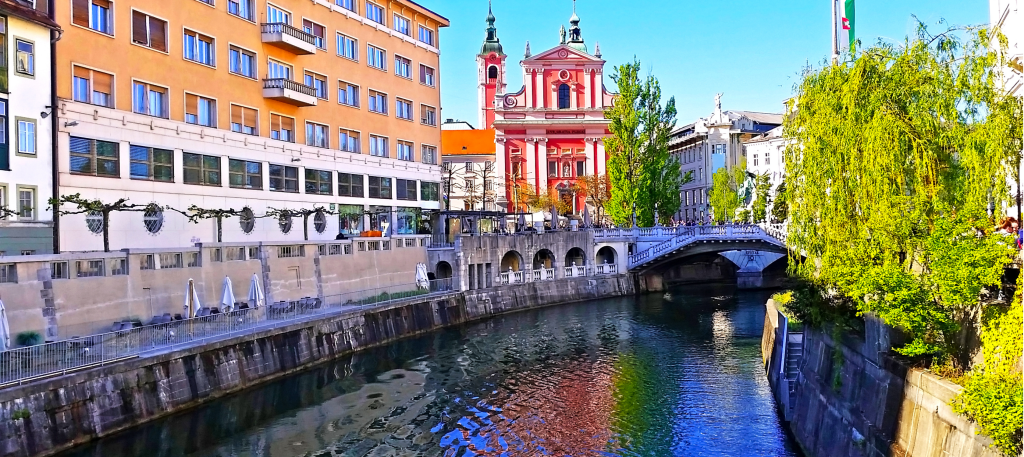
2. Bali, Indonesia → Raja Ampat, Indonesia
Bali’s popularity has led to overdevelopment, water shortages, and excessive waste production, all of which threaten the island’s natural beauty. While tourism has boosted the economy, it has also put immense pressure on local communities and infrastructure.
🌱 Why Choose Raja Ampat? This Indonesian archipelago remains largely untouched and is home to one of the most biodiverse marine ecosystems on the planet. Raja Ampat is committed to conservation, with marine protected areas and eco-conscious tourism initiatives that directly support local communities.
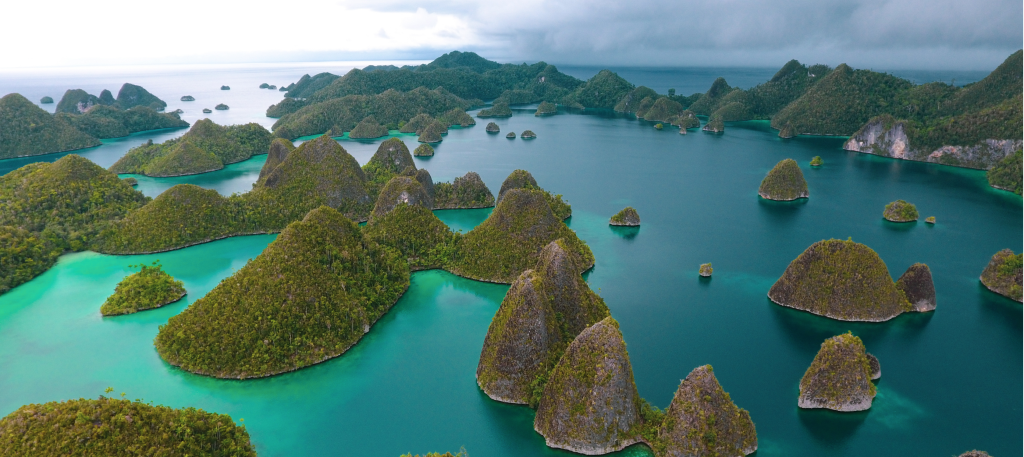
3. Santorini, Greece → Naxos, Greece
Santorini’s postcard-perfect white buildings and stunning caldera views come at a cost. The island receives millions of visitors each year, straining its water supply and infrastructure while driving up the cost of living for locals.
🌱 Why Choose Naxos? Less crowded yet equally beautiful, Naxos offers a more authentic Greek island experience. Here, you’ll find locally owned accommodations, farm-to-table dining, and stunning beaches without the over-tourism strain.
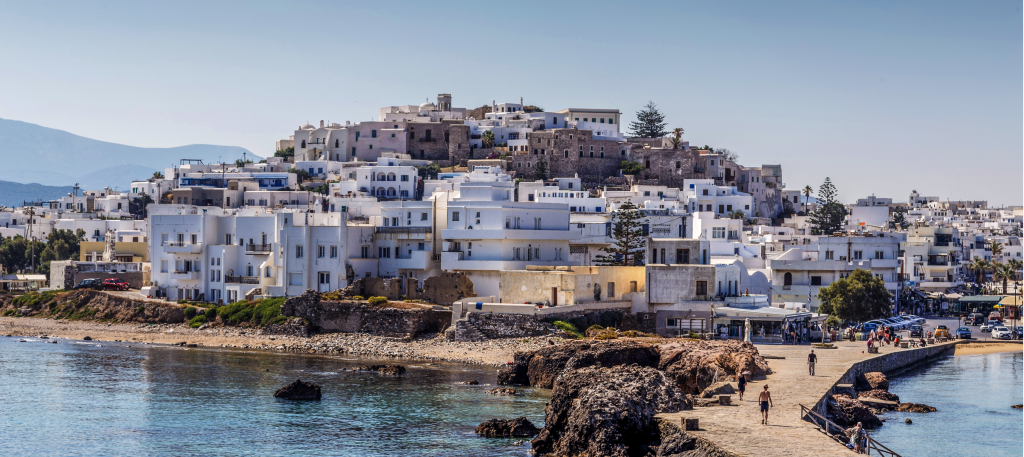
4. Machu Picchu, Peru → Choquequirao, Peru
Machu Picchu is one of the most visited archaeological sites in the world, and this influx of tourists has caused erosion and environmental stress on the Inca Trail and surrounding areas.
🌱 Why Choose Choquequirao? Known as the ‘sister city’ to Machu Picchu, Choquequirao offers a similarly breathtaking Incan ruin experience without the crowds. The site remains relatively untouched, and visiting supports local guides and sustainable trekking companies.
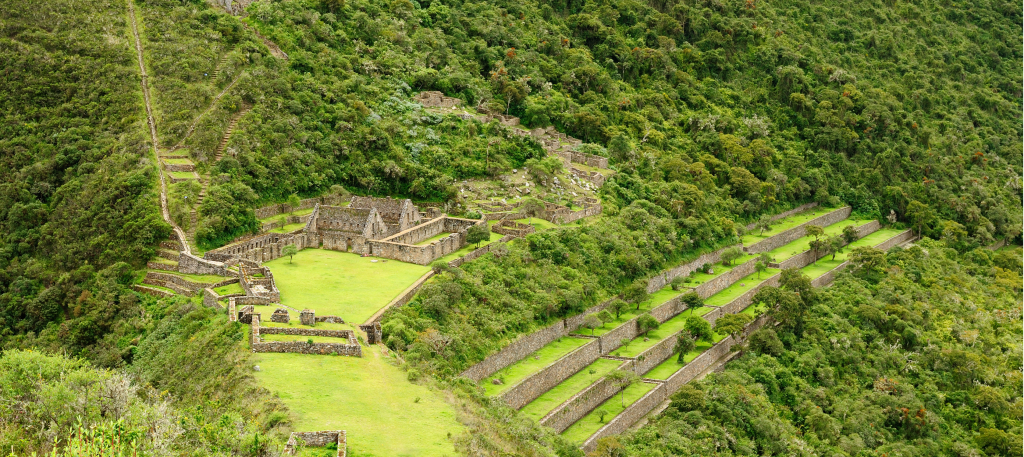
5. Dubrovnik, Croatia → Kotor, Montenegro
Dubrovnik gained massive popularity after its feature in Game of Thrones, leading to extreme overcrowding, strain on its historic old town, and increased costs for residents.
🌱 Why Choose Kotor? Just a short distance away, Kotor boasts stunning medieval architecture, beautiful coastal views, and a commitment to sustainable tourism. Montenegro has implemented eco-conscious travel initiatives that help preserve its natural beauty.
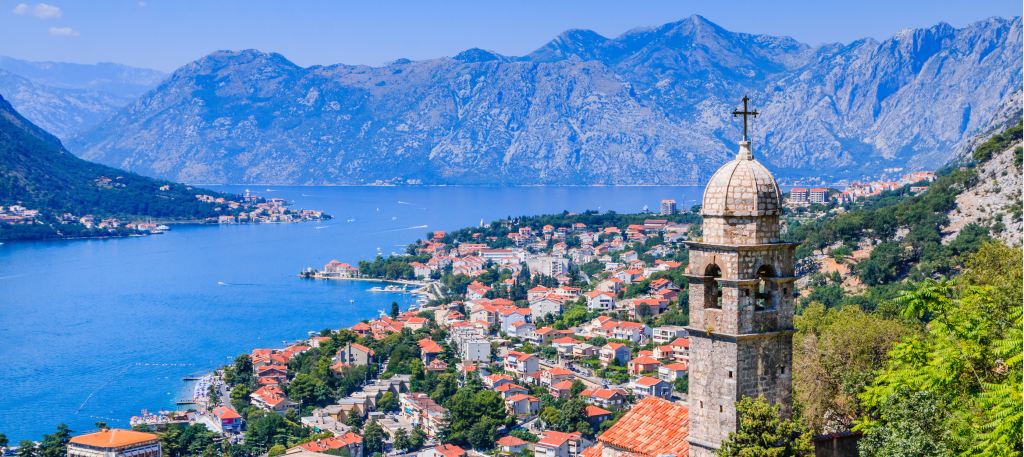
6. Phuket, Thailand → Koh Lanta, Thailand
Phuket has seen unchecked tourism growth, leading to beach erosion, pollution, and overcrowding. Many animal tourism attractions in the region have also been criticized for unethical treatment of wildlife.
🌱 Why Choose Koh Lanta? This island prioritizes sustainability, with eco-friendly resorts, community-led tourism projects, and marine conservation efforts. Here, travelers can experience Thailand’s beauty without the negative impact of mass tourism.
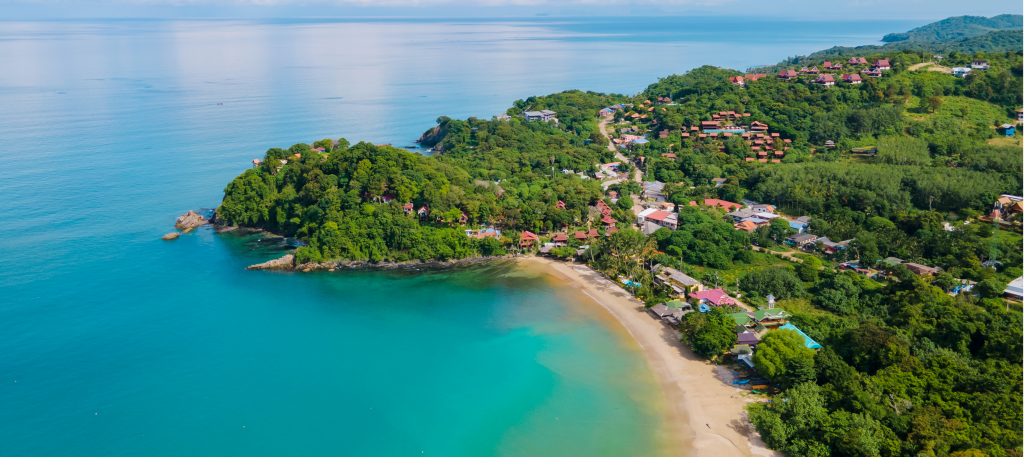
7. The Great Wall of China → Jiayuguan Pass, China
Sections of the Great Wall near Beijing are overwhelmed with tourists, leading to deterioration and environmental harm.
🌱 Why Choose Jiayuguan Pass? Located at the westernmost end of the Great Wall, this section offers incredible historical significance and stunning scenery, with far fewer crowds and better preservation efforts.
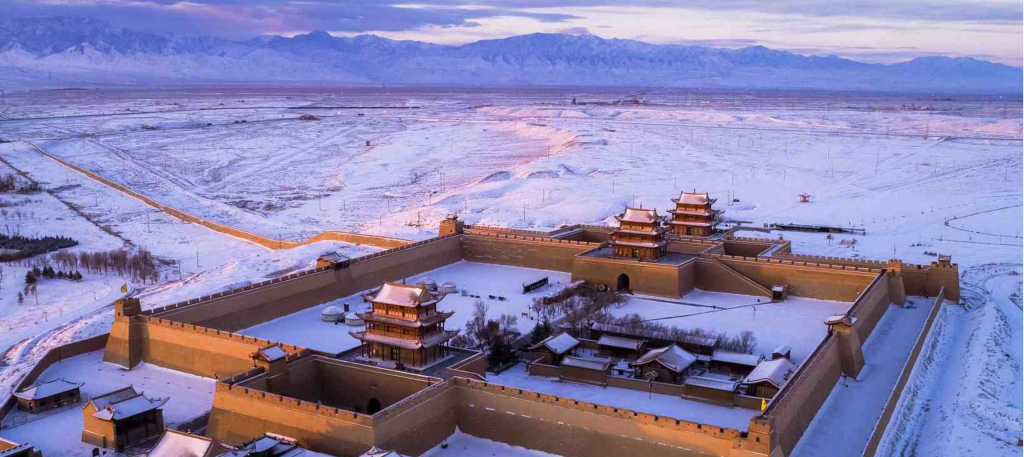
Final Thoughts
By choosing ethical alternatives to overtouristed destinations, we can protect the world’s most treasured places while still experiencing their beauty in a responsible way. Sustainable travel isn’t about avoiding iconic locations altogether—it’s about making informed choices that benefit both the environment and local communities.
Have you visited any of these ethical alternatives? Share your experience in the comments!
📢 Your Voice Matters – Help Us Grow This Guide!
Ethical Travelers is a community-driven blog, and this post will never be finished—because we believe in sharing insights from our incredible community! Have something to add? Know a hidden gem we missed? Or have a photo you think would be perfect for this blog?
Your voice helps shape this space.
Got something to add? Let us know here!
or comment below.
We’re also always looking for passionate travel writers to join our team!
If you love writing about sustainable and ethical travel, we’d love to hear from you.
Apply here.